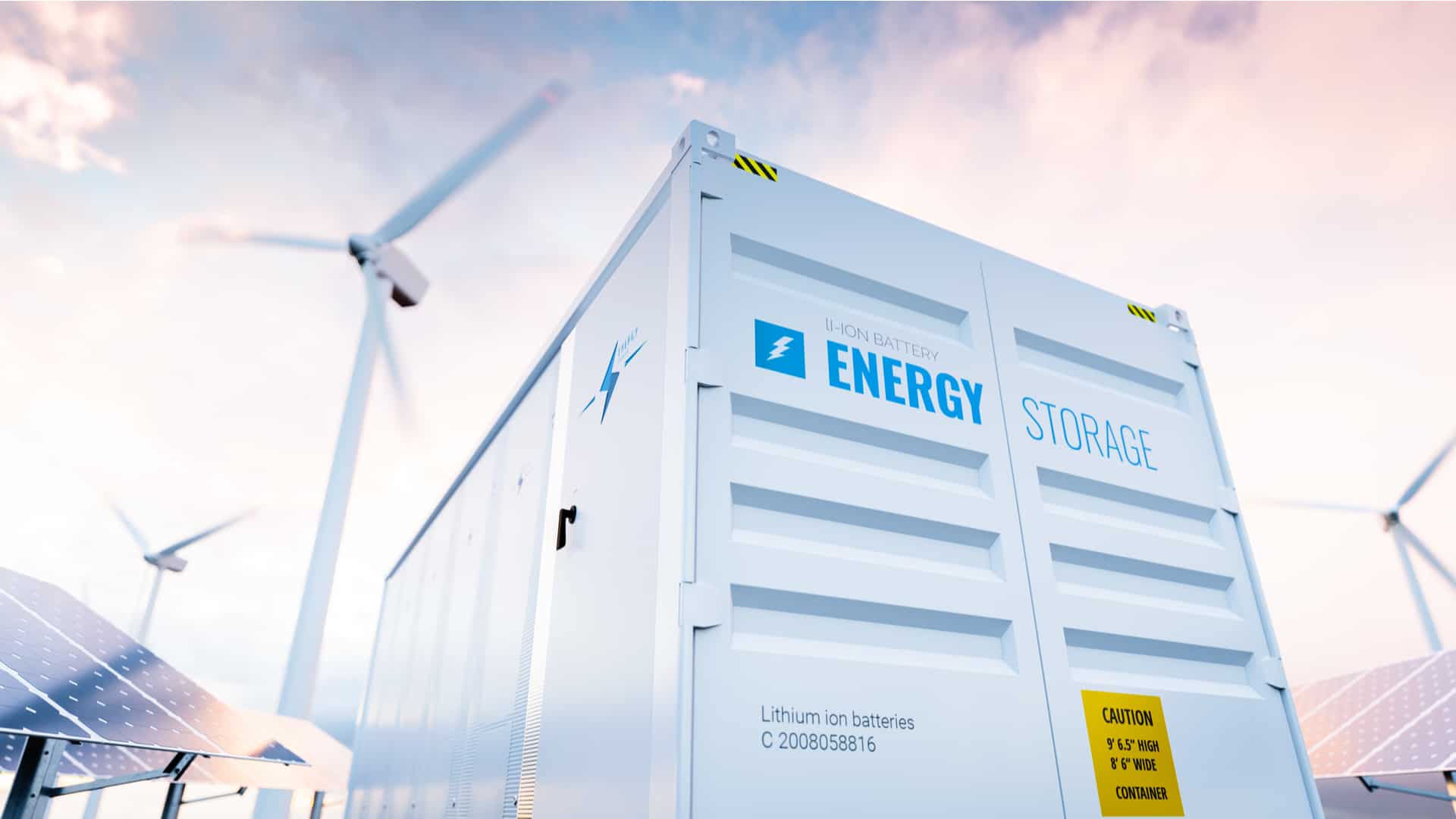Community Energy Storage: Empowering Neighborhoods and Reducing Grid Dependency
Citizens and workforces interested in urban, sustainable technology should be excited about the possibilities of community energy storage. With a little help from batteries and renewable energy equipment, every home and business could become more independent and secure. What does this look like, and what advantages do they provide communities of all shapes and sizes?
Climate Resilience
The climate crisis becomes more powerful yearly, hitting cities with severe weather and natural disasters. Outages disrupt essential services and put families in jeopardy. Consider how a microgrid connected to external battery storage solutions could keep the lights on during a thunderous downpour. The United States Department of Energy suggests energy storage as one of the best ways to combat everything from wildfires to droughts.
Communities need climate resilience to adapt to nature’s growing intensity. Energy storage will allow families and businesses to ride out disasters until the world achieves more profound carbon footprint reduction. Solar panels, geothermal heat pumps, and wind turbines are more mainstream than ever. Connections to grid-independent resources make towns less likely to suffer in unexpected circumstances.
Peak Demand Management
The grid is undergoing modernization. Transmission lines, substations, and other technologies are nearing the end of their life cycles. They need improvements to handle peak demand for growing populations. Storage devices house extra energy during off-peak times and release it in strained periods.
Installing more batteries isn’t enough—communities need to reduce consumption. For example, buildings using thermal energy storage reduce peak loads by 40%, slashing bill costs and allowing more energetic assets to go where they’re most needed.
Renewable Energy Integration
Electricity storage supports renewable energy by eliminating fears over intermittence. Storage could be why citizens become convinced of renewable energy’s place in society. It also encourages the development of microgrids, which allows communities to have greater agency in their generation and use.
For example, a household could become an energy generator. Rooftop panels may harness more energy than a building needs, so it could send the rest to energy storage to help those nearby. These impact rural communities, especially in countries like India, which is undergoing solar adoption for its 300 million people without electricity. It also improves cities by reducing reliance on fossil fuels, which are expensive and promote environmental degradation.
Energy Independence
Around one in seven households suffer from energy poverty, struggling to power daily essentials. Storage combats this by giving more homes the resources to overcome energy injustice. Disadvantaged and lower-income areas heal with more reliable utility choices.
People become more self-sufficient and have a higher quality of life when they don’t need to worry about utility stability. Families also have greater freedom of choice when deciding how to power their houses. Some may feel forced to choose fossil fuels because of access, but a cheaper, grid-independent option gives citizens greater control.
Overpowering the Need for the Grid
The grid is vital to society, but energy storage permits communities to operate without it. Having places to allocate additional power reduces waste and boosts a community’s confidence. It also provides momentum toward a clean energy revolution, which is essential for creating a stable future for utility providers and homeowners.
